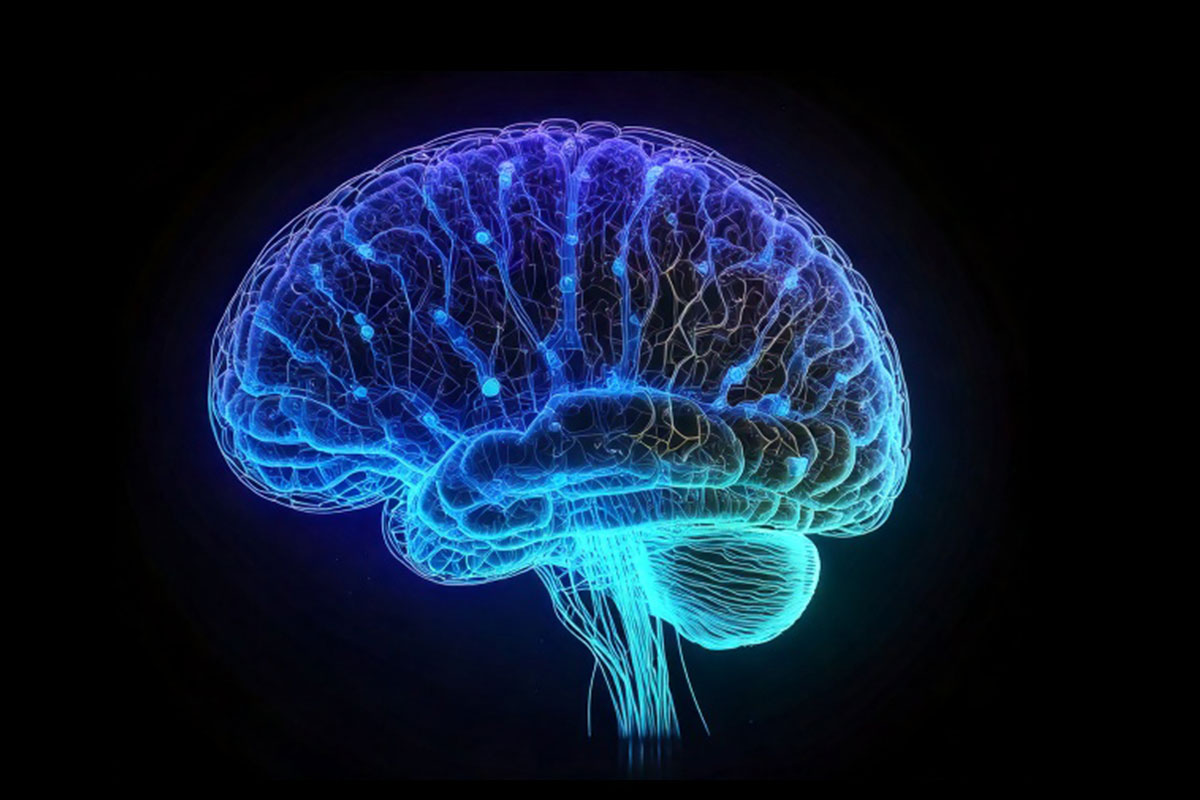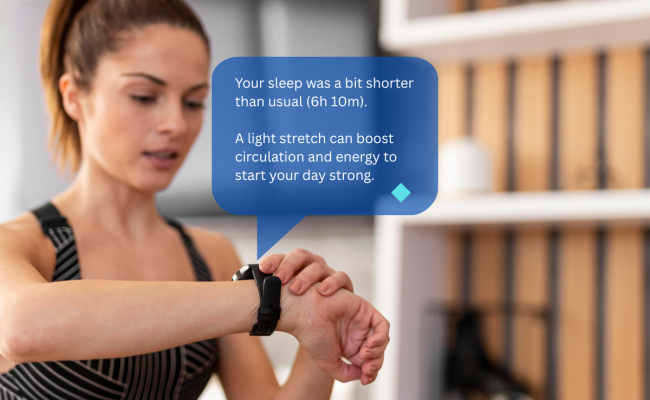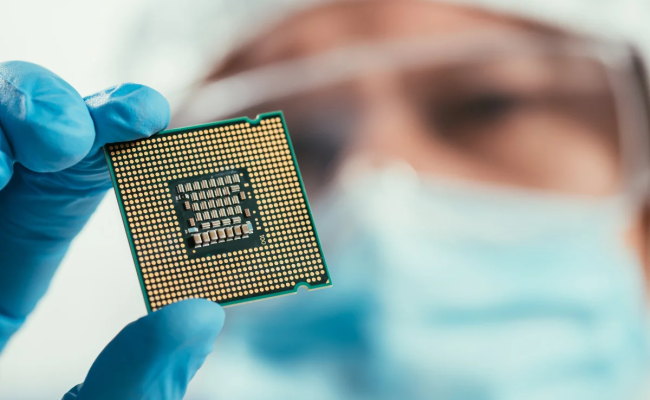
The human brain is incredibly complex, with an estimated 86 billion neurons forming over 100 trillion connections, according to Harvard Medical School. For decades, decoding the brain and the data collected from it was left to neuroscientists and research labs, but thanks to a rise in brain-computer interface (BCI) technologies, brain data is becoming more accessible than ever before.
These innovative devices help translate neural activity into real-time, actionable insights—empowering users to better understand their mental states, enhance focus, monitor stress, and support overall well-being.
What is a Brain Computer Interface?
A brain computer interface is the communication between electrical activities in the brain to an external device, i.e., the computer. A brain communication interface works by analyzing brain signals, most commonly through an electroencephalography (EEG) sensor, which relays the results of the brain activity to the desired device.
Modern neurotechnology arguably began 100 years ago with Hans Berger’s work on EEGs, marking the first time a scientist could capture a readout of brain activity. Over the years, EEG has been refined to capture even more detailed data, and other advances, such as functional magnetic resonance imaging (fMRI), which measures brain activity by analyzing blood flow, have significantly contributed to our understanding of how the brain functions.
Evolution of BCI Technology
Brain-computer interface (BCI) leverages the knowledge gained from early neurotechnology to take the next step and provide a direct communication link between the brain and an external device. The phrase was first coined by Jacques Vidal in the 1970s during his pioneering research into using a non-invasive EEG to enable communications between the human brain and computer screen2.
Experiments on primates that utilize surgical methods to position sensors for detecting brainwaves in direct contact with gray matter have followed suit. Human trials employing surgical, non-invasive, and partially invasive methods, where devices are implanted within the skull but outside the brain, have been ongoing for decades. With the recent emergence of connected smart devices and other technologies enabling real-time interaction among various devices, the possibilities for brain-computer interfaces (BCI) are rapidly expanding.
Advancements in Understanding the Brain with AI
One of the main challenges scientists have consistently faced in recording and interpreting signals directly from the brain is the issue of scope. The brain generates vast amounts of information, so keeping up with the flood of electrical impulses and making sense of them has been a formidable task.
With the growth of artificial intelligence and the increasing feasibility of widespread deployment, there is now a clearer path forward for capturing and aggregating this brain data in a way that Berger could never have imagined. An edge AI approach that relies more on proximity than typical cloud-based computing could be especially effective, leveraging the real-time speed of edge computing to manage the data load captured by BCI devices.
Applications for BCI
The ability to directly capture information from the brain and translate it into action holds enormous potential. Below are just a few possibilities that brain computer interface research has helped medical technology companies explore.
Mental Health
BCI technologies are a powerful neurotherapy tool for individuals dealing with anxiety, attention deficit hyperactivity disorder (ADHD), depression, or post-traumatic stress disorder (PTSD), helping them self-regulate their mental health. By providing real-time visual feedback on abnormal brainwave patterns, users can develop greater self-awareness of their mental well-being and gradually train their brains to adopt healthier, more balanced neural activity.
Assistive Communication
Whether a person has lost the ability to speak due to a progressive disease like amyotrophic lateral sclerosis (ALS) or is experiencing paralysis from an injury that makes talking difficult, BCI is making significant advances in enabling communication for them.
Cognitive Improvement
BCI could be used to provide direct neurofeedback that increases a person’s alpha activity, stimulating memory, attention span, and overall cognition. This could be applied in various ways, from helping pilots stay alert to enhancing recovery time for stroke victims.
Disease Detection
Devices that interact directly with the brain can assist in diagnosing certain neurological diseases and mental illnesses and, in some cases, can be part of the solution by directly engaging with damaged areas.

Current Brain Interface Devices
There are numerous efforts underway to develop usable Brain Computer Interface devices for practical applications outside the lab. Below is a small sample of companies pursuing this technology.
Neurable
Boston-based startup Neurable is seeking to leverage everyday devices like headphones, glasses, and helmets for a non-invasive and seamless approach to BCI, helping users with productivity and mental wellness. Their first commercial product is headphones that use 12 EEG sensors embedded in the earpads.
The EEG sensors process brain signals and use AI to determine the wearer’s level of focus, helping users better understand when they are most productive and when they need to take a mental break. The headphones pair with Neurable’s app, where users can access their brain data and gain insights into how they can work smarter.
Cognixion
The Cognixion ONE is marketed as the world’s first Brain-Computer Interface with Augmented Reality Wearable Speech™. It offers a non-invasive neural interface that focuses on assisting nonverbal people in communicating more effectively. Cognixion ONE empowers individuals with communication disorders, such as cerebral palsy, ALS, and other neurological conditions, to communicate more naturally.
The glasses use a context-aware predictive keyboard and eye-tracking technology to display the user’s intended messages on the lens, allowing others to see and understand what the wearer is trying to express. The innovative AR glasses eliminate the wires and computer monitors often associated with current technology, giving users more mobility and enabling them to talk with others without obstructing their view.
Neuralink
The neurotechnology startup founded by Elon Musk, Neuralink, is an implantable BCI neural chip that aims to allow those with quadriplegia to control their devices with their brain activity. The chip, called the N1 implant, is housed in a biocompatible enclosure designed to withstand conditions harsher than those in the human body. It uses a small battery that is charged wirelessly from outside the body via a compactor. Neuralink employs advanced low-power chips and electronics to decode neural signals wirelessly to the Neuralink app, helping to turn brain signals into action. While still in early clinical trials, the company’s goal is to eventually restore motor functions in individuals and even restore vision for those born blind.
Limitations of BCI
One of the main areas of focus for BCI is the sensors that detect brain signals. Closer tends to be better, but the invasive approach is not always appealing or feasible. When connecting directly to brain tissue, there is a risk of scar tissue developing, which can impede the signal. Many promising non-invasive or partially invasive approaches exist, but replicating the benefits of a direct connection to gray matter can be difficult.
As mentioned previously, managing and interpreting large datasets is also a concern that AI shows promise in addressing. The massive amount of resources required could pose problems with the planet-wide focus on energy efficiency. Advances in semiconductor performance and other technologies that support the significant energy demands of AI-powered machine learning are critical to ensuring the future success of BCI.
The Future Outlook of BCI
Although the current AI model has some shortcomings, it has already made a measurable impact on brain-computer interfacing. There is no shortage of funding to make AI and the technologies supporting it more efficient and reliable. If even a fraction of the efforts currently underway succeeds, it’s not hard to envision a near future where the focus is not just on replacing human thought but on maximizing it with the assistance of BCI.
How does Ambiq Contribute?
As manufacturers seek ways to enable BCI in smaller and less restrictive form factors, edge AI becomes an appealing option. However, high-performance computing and energy efficiency will be necessary to make BCI technology not only feasible but also practical. Ambiq offers a range of ultra-low power Systems-on-Chip (SoCs) that facilitate high-performance computing and unparalleled energy efficiency for these edge technologies.
Thanks to the proprietary Sub-threshold Power Optimized Technology (SPOT®) platform, devices like these can operate more quickly and accurately, with ample power for advanced features, expanding the possibilities of BCI technology. Learn more about how Ambiq enables applications for healthcare here.
Sources:
A New Field of Neuroscience Aims to Map Connections in the Brain | Harvard Medical School | January 19, 2023
Toward Direct Brain-Computer Communication | Annual Reviews | 1973
Neurable | The Mind. Unlocked. | Work Smarter, Not Longer | 2025
Cognixion | 2025


